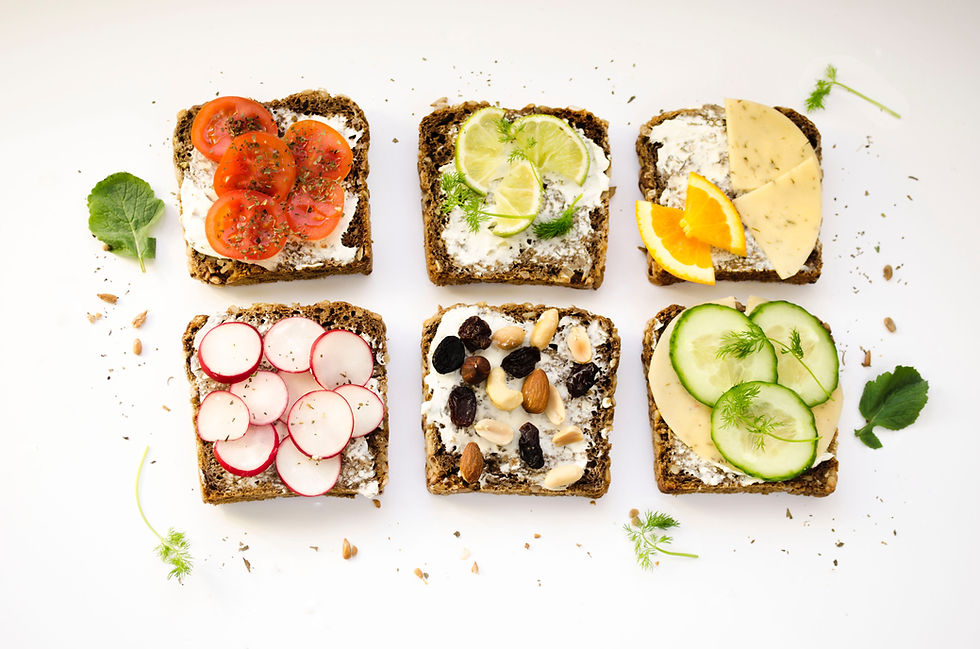
Dill
Anethum graveolens
Culinary
Nutritional benefits
Ornamental
Common Names:
Dill, Dillweed
Quick Glance:
Common Use: Culinary herb for its aromatic leaves and seeds, used in pickling, sauces, soups, and salads.
Growth Habit: Upright, bushy annual herb with feathery, thread-like leaves and tall flower stalks.
Plant Size: Grows 18–48 inches tall and 12–24 inches wide, depending on the variety.
Light Needs: Thrives in full sun.
Key Feature: Aromatic, feathery foliage with clusters of yellow flowers that develop into flavorful seeds.
ID:
Scientific Name: Anethum graveolens
Family: Apiaceae
Varieties:
‘Ella’:A compact, bushy variety that grows up to 18 inches tall. It is ideal for small gardens and container growing, with dense, fragrant foliage.
‘Bouquet’:A widely grown, early-maturing variety with tall stems (up to 36 inches) and plentiful leaves. Known for its flavorful seeds and leaves, making it perfect for pickling and fresh use.
‘Thalia’:A high-yielding variety with sturdy, upright growth and a longer harvest window. Excellent for fresh dill leaves and seed production, growing up to 48 inches tall.
‘Hera’:A bolt-resistant variety with fine, lush leaves and a strong aroma. It matures slowly, offering an extended harvest period. Grows up to 24 inches tall.
‘Green Sleeves’:A compact, bushy variety with vibrant green foliage and excellent resistance to bolting. Perfect for harvesting fresh leaves and well-suited to container gardening.
Physical Description:
Dill is a fast-growing annual herb with slender, hollow stems and soft, feathery green leaves. The plant produces tall flower stalks topped with yellow umbels, which develop into seeds. Its leaves, flowers, and seeds are all aromatic and edible.
Plant Size:
Height: 18–48 inches, depending on the variety.
Width: 12–24 inches.
Light Requirement:
Dill thrives in full sun and requires at least 6–8 hours of sunlight daily for optimal growth.
How to Grow:
Soil: Prefers well-draining, fertile soil with a neutral to slightly acidic pH (6.0–7.5). Enrich the soil with compost or organic matter before planting.
Transplanting: Dill does not transplant well due to its taproot. If starting indoors, use biodegradable pots to minimize root disturbance. Transplant seedlings when they are 3–4 inches tall, spacing them 8–12 inches apart.
Watering: Keep soil evenly moist but not waterlogged, especially during establishment.
Fertilizing: Dill is a light feeder. Apply compost or a balanced fertilizer at planting, but avoid over-fertilizing to prevent excessive foliage with reduced flavor.
Harvesting: Begin harvesting leaves when plants are 6–8 inches tall. For seeds, allow the flowers to develop fully and dry on the plant before collecting.
Container Growing:
Container Size: Use a pot at least 12 inches deep and wide with good drainage.
Soil: Fill with nutrient-rich, well-draining potting mix.
Watering: Water consistently to keep the soil evenly moist but not soggy.
Placement: Position the container in full sun.
Pest Management:
Common Pests: Aphids, caterpillars, and armyworms.
Solutions: Spray aphids with water or use insecticidal soap. Hand-pick caterpillars and use row covers to protect young plants.
Diseases: Dill is relatively disease-resistant but may develop powdery mildew or root rot in overly humid or poorly drained conditions. Ensure proper spacing and drainage.
Spreading Habit:
Spreading: Dill self-seeds readily if flowers are left to mature.
How to Handle: Thin seedlings to prevent overcrowding and remove flower heads if self-seeding is not desired.
Companion Planting:
Dill is a beneficial companion plant that attracts pollinators and predatory insects:
Cabbage Family Plants (e.g., broccoli, kale): Deters cabbage moths and aphids.
Carrots: Improves growth and attracts pollinators.
Cucumbers: Enhances growth and repels cucumber beetles.
Avoid planting dill near fennel, as they can cross-pollinate, leading to poor seed quality.
How to Use:
Culinary: Dill leaves are used fresh or dried to flavor salads, soups, fish, and pickles. The seeds are used in baking, pickling, and seasoning dishes. Dill flowers can also be added to pickling brines.
Nutritional Benefits: Dill is low in calories and rich in vitamins A and C, as well as calcium, iron, and antioxidants. It may aid digestion and provide anti-inflammatory benefits.
Ornamental: Its tall, feathery foliage and bright yellow flowers add texture and height to herb gardens, pollinator gardens, and borders.
Recipe Ideas:
Dill Pickles:
Ingredients: Fresh dill, cucumbers, vinegar, water, garlic, and salt.
Instructions: Place dill sprigs in jars with sliced cucumbers. Heat vinegar, water, garlic, and salt until boiling, then pour over the cucumbers. Seal and refrigerate.
Creamy Dill Dip:
Ingredients: Fresh dill, sour cream, mayonnaise, lemon juice, garlic, salt, and pepper.
Instructions: Finely chop dill and mix with sour cream, mayonnaise, lemon juice, and garlic. Season with salt and pepper. Serve with vegetables or chips.
Dill Roasted Potatoes:
Ingredients: Potatoes, fresh dill, olive oil, garlic, salt, and pepper.
Instructions: Toss cubed potatoes with olive oil, minced garlic, and salt. Roast at 400°F until golden and crispy. Sprinkle with chopped dill before serving.

